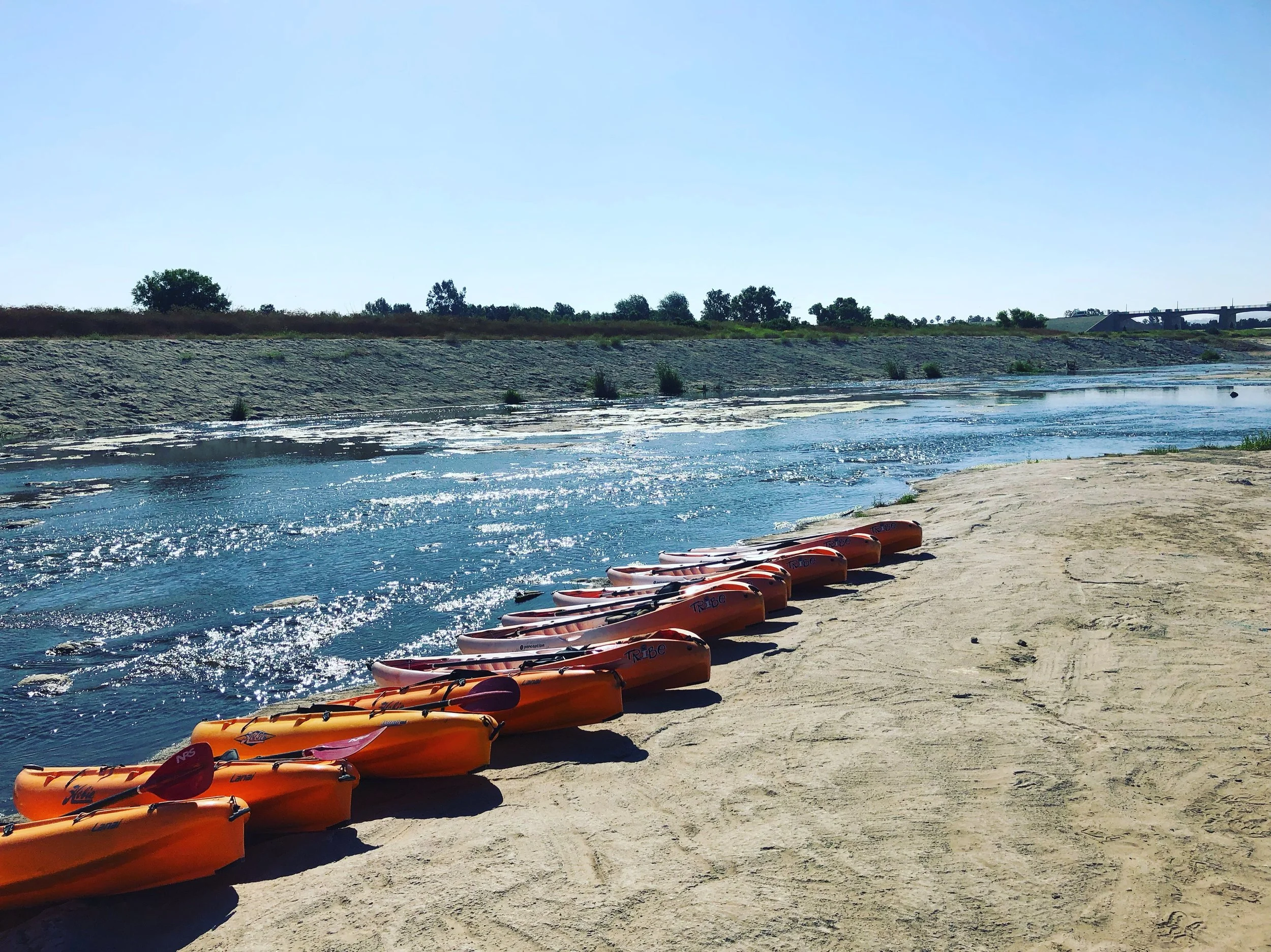The US Fish and Wildlife Service (USFWS) recently shared some good news for conservation efforts throughout the United States. Four national wildlife refuges have been expanded, protecting up to 1.13 million acres of newly protected wildlife habitat across New Mexico, North Carolina, and Texas. This announcement is particularly exciting for the National Wildlife Refuge Association, which played a significant role in expanding two critical refuges in Texas - Aransas and Big Boggy NWRs. The other two refuges that received expansions are Roanoke River NWR in North Carolina and Muleshoe NWR, which spans the border between New Mexico and Texas.
Enhancing Texas Gulf Coast National Wildlife Refuges & The Lands Beyond Their Boundaries
The National Wildlife Refuge Association has been involved in projects to assist national wildlife refuges and areas beyond their boundaries on the Texas Gulf Coast for many years with an emphasis on conservation planning, community engagement, and land acquisition. In the past, the National Wildlife Refuge Association has been involved with projects focused on the Texas Chenier Plain National Wildlife Refuge Complex, Aransas National Wildlife Refuge, and the Bahia Grande Coastal Corridor benefiting Laguna Atascosa National Wildlife Refuge.
Growing The Urban Wildlife Refuge Program
The National Wildlife Refuge Association’s Urban Wildlife Refuge Program grew by leaps and bounds throughout 2021, despite the ongoing pandemic and reduction in outdoor events and programs. After pivoting to remote work and virtual programs in 2020, the seeds were planted to fund and accelerate ambitious projects in and around Los Angeles and nationally.
Salt Bayou Restoration Project Provides Protection to Critical Marsh Habitat in Texas During Hurricane Laura
Salt Bayou is a 139,000-acre landscape that includes freshwater to estuarine marsh, coastal prairie grasslands, tidal flats, creeks and basins, and associated fish and wildlife species. Salt Bayou is the largest contiguous estuarine marsh complex in Texas. Hurricane Laura made landfall just 20 miles to the east in Cameron Parish, Louisiana. The wetland habitats in the Salt Bayou provide foraging and nesting habitats for numerous species of birds along one of the most important migratory flyways in the world, as well as essential nursery habitat for ecologically, commercially, and recreationally important species of fish and invertebrates.






